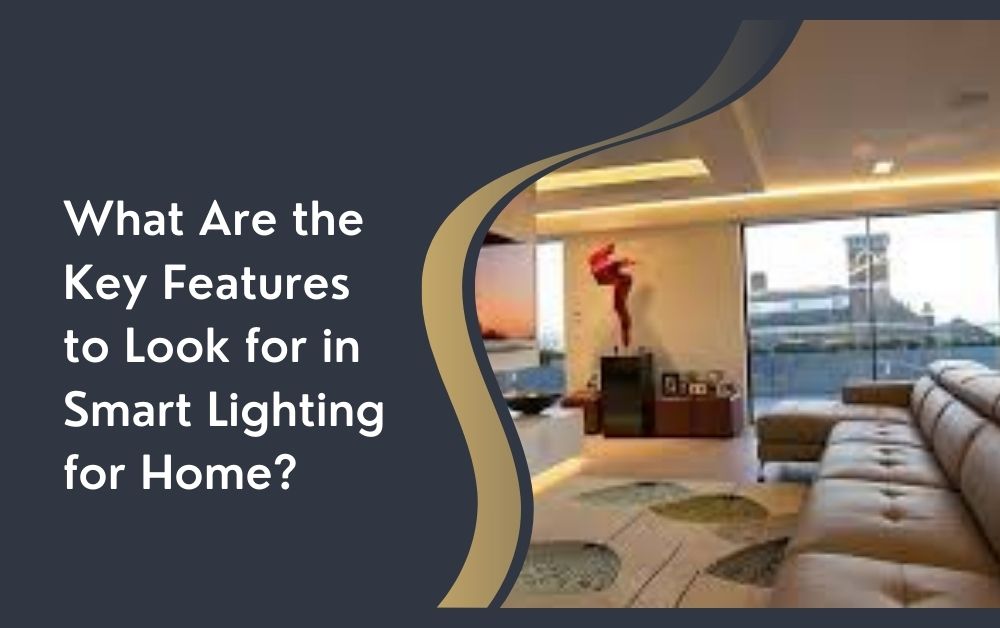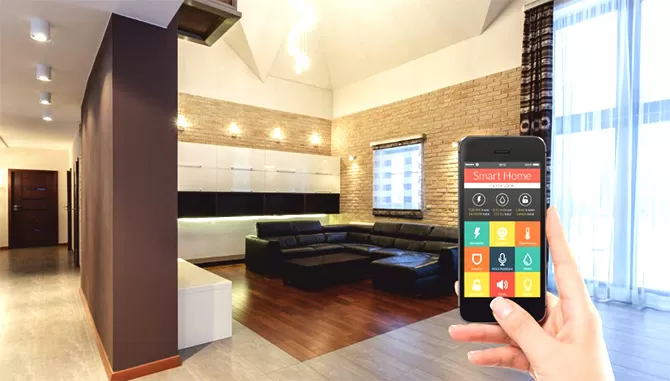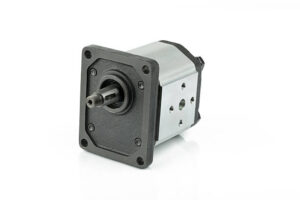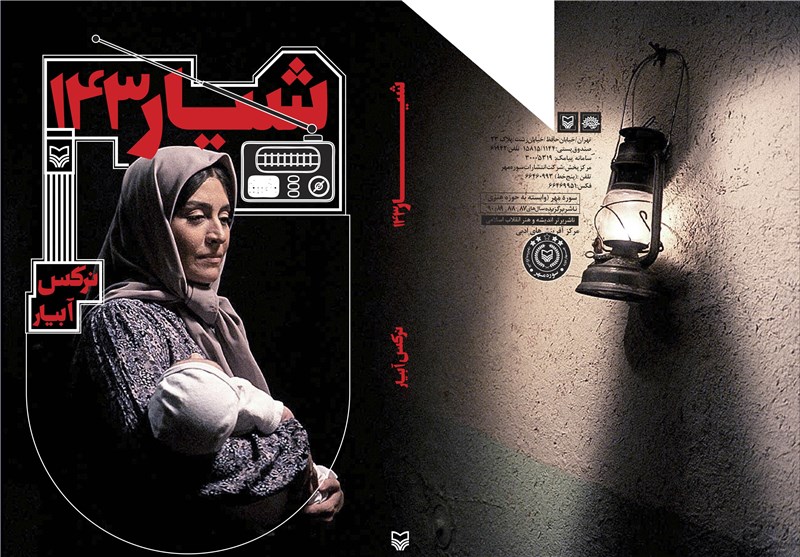What Are the Key Features to Look for in Smart Lighting for Home?

What Are the Key Features to Look for in Smart Lighting for Home
Smart lighting is gaining popularity as more people look for ways to make their homes more comfortable, energy-efficient, and convenient. Unlike traditional lighting, smart lighting systems offer various features that allow homeowners to customize their lighting experience according to their needs and preferences. Whether you want to save energy, improve your home’s ambiance, or enhance security, smart lighting can help you achieve these goals.
In this article, we’ll explore the key features to consider when selecting Smart Lighting for Home, ensuring that you make the right choice for your lifestyle.
Understanding Smart Lighting: What Makes It Different?
Before diving into the features, it’s important to understand what smart lighting is and how it differs from regular lighting. Smart lighting systems allow you to control your lights using your smartphone, tablet, or voice commands. They offer a range of functionalities, including dimming, color changes, and scheduling. These systems are usually connected to your home’s Wi-Fi network or a smart hub, enabling seamless control from anywhere.
How Smart Lighting Works
Smart lighting operates through bulbs or fixtures that are equipped with technology allowing them to communicate with your home’s smart devices. You can control them individually or as part of a larger system, depending on the setup. This connectivity makes smart lighting not only convenient but also more efficient in terms of energy use.
Key Features to Look for in Smart Lighting
Now that you understand the basics of smart lighting, let’s explore the features you should look for when choosing the right system for your home.
1. Compatibility With Smart Home Systems
One of the first things to consider is whether the smart lighting system is compatible with your existing smart home devices. Many smart lighting systems work with popular platforms like Amazon Alexa, Google Assistant, and Apple HomeKit. If you already have smart speakers or other smart devices, make sure your lighting can integrate with them smoothly.
Why Compatibility Is Important
Compatibility ensures that all your smart devices can work together seamlessly. This allows you to control everything from a single app or with voice commands, making your home experience much more convenient.
2. Ease of Installation
Some smart lighting systems require more complex installations, especially if they involve smart switches or hubs. Others, like smart bulbs, are much easier to set up. If you prefer a hassle-free experience, opt for a system that is easy to install and doesn’t require professional help.
What to Look For
Look for smart bulbs that fit standard fixtures, or smart plugs that allow you to turn traditional lamps into smart ones. The simpler the setup, the quicker you’ll be able to start enjoying your new lighting system.
3. Control Options
A good smart lighting system should offer a variety of control options. Most systems allow you to use a smartphone app to control the lights, but some also offer voice control, physical switches, and automation based on schedules or sensors.
Smartphone and Voice Control
Being able to control your lights through an app means you can adjust them even when you’re not at home. Voice control is another convenient option, especially when you’re multitasking or have your hands full.
4. Customizable Brightness and Colors
One of the best features of smart lighting is the ability to change the brightness and colors of your lights. This allows you to create the perfect atmosphere for any situation, whether you want a bright workspace or a cozy, dimly lit room for movie night.
Brightness Control
Dimming features help save energy and reduce eye strain. Smart bulbs typically offer a wide range of brightness levels, giving you more control over how bright or soft your lighting is.
Color Adjustments
Many smart lighting systems offer a wide spectrum of colors. You can adjust the colors to match your mood or event, from warm yellows for relaxation to cool blues for a focused workspace. Some bulbs can even change colors to match the time of day, helping to regulate your sleep cycle.
5. Scheduling and Automation
One of the biggest advantages of smart lighting is the ability to schedule when your lights turn on or off. You can program the lights to suit your routine, such as turning them on when you wake up and off when you go to bed.
Benefits of Scheduling
Scheduling helps in energy savings and enhances home security. For instance, you can set your lights to turn on when you’re away from home, giving the illusion that someone is there, which can deter burglars.
Motion Sensors and Automation
Some smart lighting systems come with motion sensors that turn on lights when they detect movement. This is useful for areas like hallways or bathrooms, where you don’t want to fumble with switches in the dark. Automated lights can also be programmed to adjust based on sunrise or sunset, making your home more energy-efficient.
6. Energy Efficiency
Energy efficiency is one of the most important factors to consider in any lighting system, and smart lighting is no exception. LED bulbs, commonly used in smart lighting, are known for their low energy consumption compared to traditional bulbs.

How Smart Lighting Saves Energy
Smart lighting systems save energy by allowing you to control when and how your lights are used. You can turn off lights remotely or program them to shut down when no one is in the room. Additionally, dimming features and motion sensors contribute to reducing energy use.
7. Integration With Other Smart Devices
If you already have other smart devices in your home, like security cameras, thermostats, or door locks, you might want your smart lighting system to integrate with these. Many smart lighting systems are part of a larger smart home ecosystem, allowing you to create scenes where multiple devices work together.
Example of Integration
For example, you can set up a “Good Night” scene where your lights dim, your thermostat adjusts, and your doors lock—all with one voice command or a single tap on your smartphone.
Conclusion: Choosing the Right Smart Lighting for Your Home
Smart lighting provides a plethora of functions that extend beyond typical lighting solutions. Smart lighting has numerous benefits, including energy savings, increased convenience, and security, making it a fantastic choice for any modern household. By concentrating on essential factors such as compatibility, convenience of installation, control options, and energy efficiency, you can select a system that suits your lifestyle and improves the comfort of your house.
Whether you’re looking to upgrade a single room or install smart lighting throughout your entire house, understanding the features that matter most will help you make an informed decision. So take the time to explore your options and start enjoying the benefits of a smarter, brighter home today!
Note:- To read more articles visit on pencraftednews.




